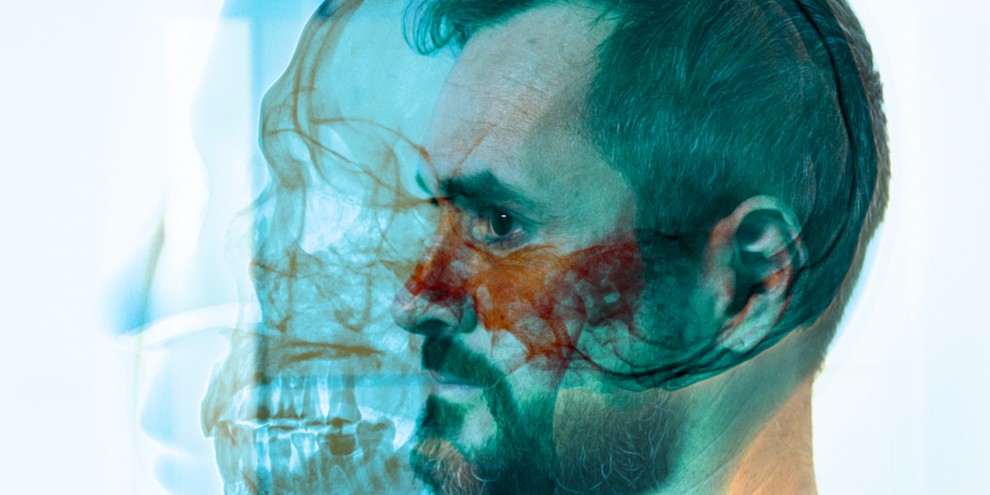
X-Ray: The Unknown Quantity
In early November we were invited to observe the launch of X-Ray: The Unknown Quantity across three venues as part of the evaluation process of recent Hippodrome CREATIVE projects, an initiative led by Birmingham Hippodrome.
Marking the 120th anniversary of the first medical X-Ray performed in Birmingham by radiology pioneer Major John Hall-Edwards, Hippodrome CREATIVE commissioned an innovative new digital dance film and sonic soundscape to commemorate this scientific breakthrough.
The film was launched as part of World Radiography Day on 8 November 2016 at Birmingham City University, Birmingham Children’s Hospital and Birmingham Hippodrome. The short film by British Institute of Radiology artist in residence Hugh Turvey, features award-winning contemporary dance and Hip-Hop performer/choreographer Mickael ‘Marso’ Riviera responding to the X-Ray room. The sonic soundscape was created by Justin Wigan from ‘hidden’ body sounds and X-Ray equipment.
The launches featured talks from the artists as well as John Hall-Edwards expert Dr. Arpan Banerjee. It was fascinating to hear more about the first uses of medical X-Rays. The first taking place in Hodge Hill Common in Birmingham with the patient needing a sewing pin to be located in her hand. Like many of those early pioneers in radiation, unfortunately, Hall-Edwards’ curiosity and experimentation cost him his health, and eventually his life.
Karl Johnson, one of the hospital’s radiologists was also on hand at the Children’s Hospital and brought a large, heavy-looking tome with him. It was the records of X-Rays that took place in what was then the General Hospital from December 1947-48. To the great amusement of the assembled radiologists, he told us that during that time, an average of twelve X-Rays took place every day, and they closed the department for a very long Christmas holiday.
I found the reactions from the Radiologists and technicians fascinating. I have never had an X-Ray, so the sounds and sterile environment were very unfamiliar to me, however some of the medical professionals found the film jarring and unnerving. Sounds they hear everyday were out of context, and they disliked the dancer touching and moving the equipment. It made them more aware of the sounds that are all around them as they work, sounds that they are used to, but may be scary to patients.
As a result of seeing the film, staff members at Birmingham City University have made the decision to show it to students in the future to make them remember the patient, and highlight that although the room, equipment and sounds are so familiar to them, they may not be for others.
X-Ray: The Unknown Quantity can be viewed below.


